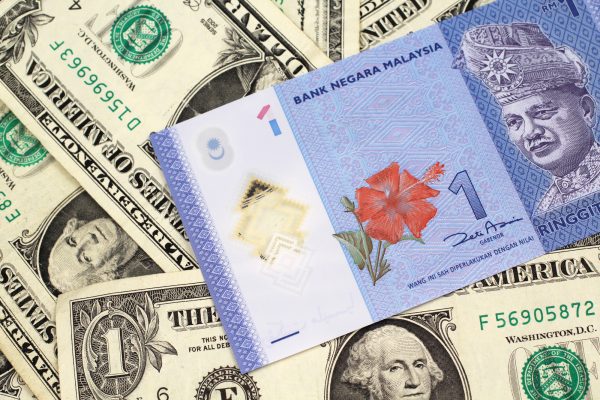
2022 was a rough ride for currency markets, as the Federal Reserve began raising its benchmark interest rate to slow inflation in the United States. When the Fed does this, other currencies tend to lose value against the dollar and in past cycles emerging markets, particularly those running current account deficits, have been hit the hardest.
Central banks have two main policy instruments to combat such rapid currency depreciation. They can raise their own interest rates, or they can use accumulated foreign exchange reserves to prop up the currency and reassure global investors that it won’t collapse in value. Most use a mix of the two.
Many of Southeast Asia’s major currencies came under pressure this year as the Fed tightened, with the tension reaching its maximum point around October and November of 2022. However, almost all of them are closing the year considerably strengthened against the dollar. With the Fed signaling that it will ease off aggressive rate hikes in 2023, regional currencies may have weathered the worst of the storm and there is a good chance they will experience more stability in the new year.
The Indonesian rupiah started the year relatively strong, but has depreciated steadily in the last few months. Bank Indonesia held its benchmark rate at 3.5 percent until August when it bumped 25 basis points, and continued raising until reaching 4.75 percent in October where it has stayed. On the foreign exchange side, the central bank had $134 billion of reserves on its books as of November 30, $4 billion more than it held at the end of October. This means despite end-of-year volatility, the rupiah is on reasonably sound footing heading into 2023, especially if the Fed cools off its rate hikes as expected.
Malaysia has raised its policy rate four times since May, bringing it to 2.75 percent in November 2022. They have not hiked since, and the ringgit has steadily gained value against the dollar to close out the year. As of now, the exchange rate is around 4.4 ringgit to the dollar, meaning the currency has depreciated by about 6 percent since the beginning of the year. Just a few months earlier, in November, it was down by around 15 percent. Meanwhile, foreign currency reserves have declined by only 5.7 percent since December 31, 2021.
Thailand, for which currency stability is particularly important given its export-oriented economy, has seen the baht take a wild ride this year. It hit 38.3 to the dollar in October, a 15 percent drop from the start of the year. But the central bank moved aggressively to halt this depreciation, with foreign currency reserves declining from $194 billion at the beginning of September to $179 billion in mid-October when the currency was under the most intense pressure.
After this intervention, the baht began to strengthen, and will close the year down only around 4.5 percent against the dollar. This use of substantial foreign exchange reserves to control the baht’s depreciation has allowed the central bank to refrain from big interest rate hikes. The policy rate currently stands at 1.25 percent, among the lowest in the region. This is important given Thailand’s large consumer debt overhang and sensitivity to interest rate increases.
Of all the central banks in the major Southeast Asian economies, the Philippines has hiked the most aggressively. In May they raised the benchmark rate from 2 percent to 2.25 percent, and then kept raising it in the face of a current account deficit and pressure on the exchange rate. The most recent increase came into effect on December 16, bringing the rate to one of the highest levels in the region at 5.5 percent. But it appears to be working.
The Philippine currency, which was pushing 59 pesos to the dollar in October, is currently around 55 (in this case, a lower number means the peso has strengthened against the dollar). However, while this has alleviated some of the pressure on the currency, the central bank and the new administration of President Ferdinand Marcos Jr. will be keeping a wary eye on the knock-on effect that higher interest rates might have on economic growth and debt in the new year.
All things considered, currencies in the region have held up pretty well in the face of tough global monetary headwinds. There may be a global recession in 2023, but growth prospects in Southeast Asia look promising. With more stable currencies across the region, it could be a bright spot in the international economy.
Southeast Asian Currencies End the Year on a High Note
Source: Frappler

0 Comments